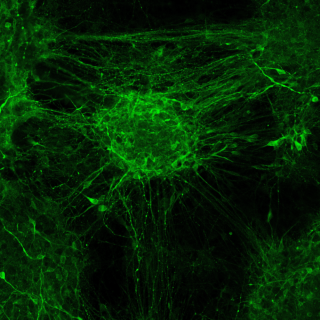Team Wood
Our Team


Coordinating Lead Investigator: Prof Nicholas W Wood
Co- Investigators: Prof Sonia Gandhi, Dr Steven F Lee, Prof Mina Ryten, and Prof Michele Vendruscolo
Project Manager: Saadia Rahman
Mapping the PD brain: Oligomer-driven functional genomics
Study Rationale
To determine the molecular and cellular process that lead to PD, a powerful approach is to single out and study the cells where the disease originates. To achieve this goal, we use alpha-synuclein oligomers as a cellular biomarker to identify the right cells. We then apply state of the art genomic and genetic analyses to identify genes and proteins that form the disease pathways. We can then determine the difference between cause and effect by using human cell models derived from induced pluripotent stem cells.
Hypothesis
Alpha-synuclein oligomers can be used as cellular biomarkers to identify the specific cells where the disease processes begin, thus making their targeted study possible.
Study Design
By detecting the presence of alpha-synuclein oligomers, we will identify neuronal and non-neuronal cells in the human brain at different stages of disease, which we will then study using state of the art single cell genomic and transcriptomic methods. This will allow us to build a comprehensive and detailed picture of the genes and molecular processes that underlie the disease, which we will then prioritize using network theory and our knowledge of the current and emerging genetic factors. Using a human model system (iPSC) we will be able to distinguish cause and effect and deliver new targets for therapeutics, diagnostics and biomarkers of disease.
Impact on Diagnosis/Treatment of Parkinson’s disease
Translation from animal models to treatment in PD has been very poor. We need new approaches. This interdisciplinary program, combining physical chemistry, computational modelling, genetics and neurobiology, will allow us to much more fully understand the reasons behind why some cells succumb and other resist the pathological processes. Our findings will offer opportunities for accurate markers of disease status and progression and validated targets for biopharma to develop novel therapies.
Next Steps for Development
The genes and proteins identified and validated here will produce a much more detailed map of the molecules causing and marking disease progress. We anticipate that other researchers, biotech and pharma will use these data to design new biomarkers and new druggable targets.
 Close
Close

